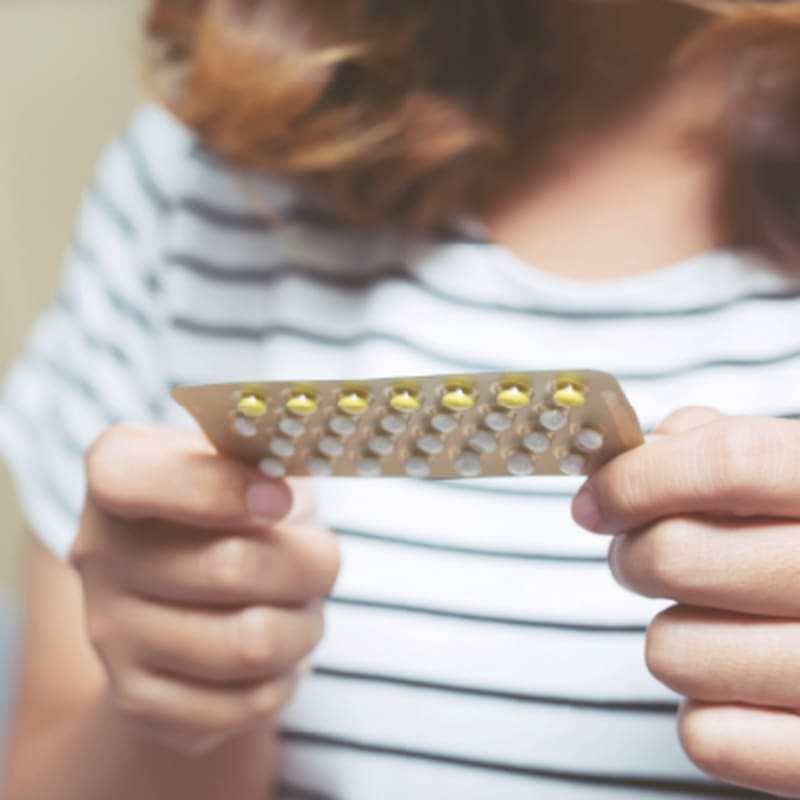Birth control is an important part of many people’s lives. However, the large number of contraception options can be confusing.
Between 15 and 20 different types of contraception are commonly available to women and men, so it can be difficult to decide what is right for you. Types of contraception can include both short-term and long-term solutions and the contraceptive pill.
Learn about different contraception options so you can find an effective method that you’re comfortable with. Cut through the confusion with our definitive guide.
